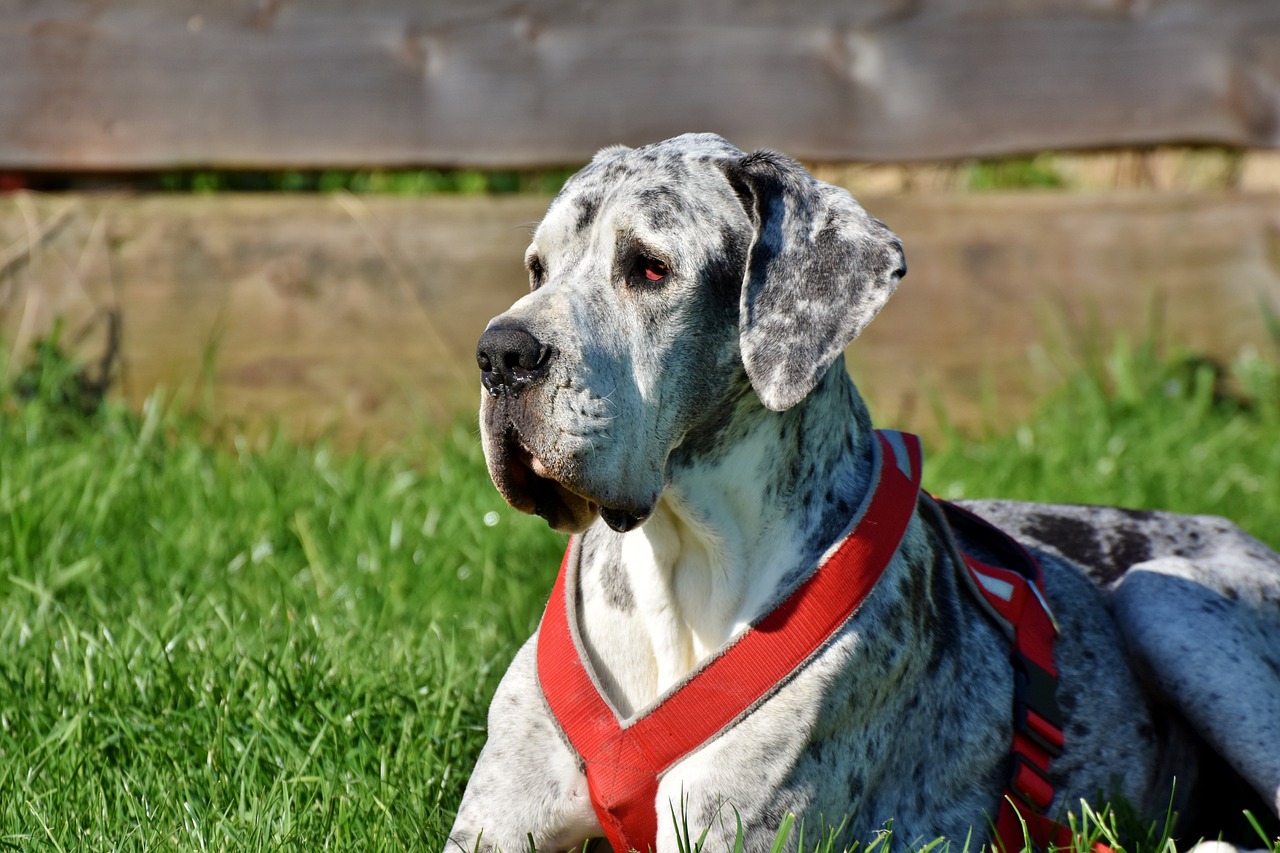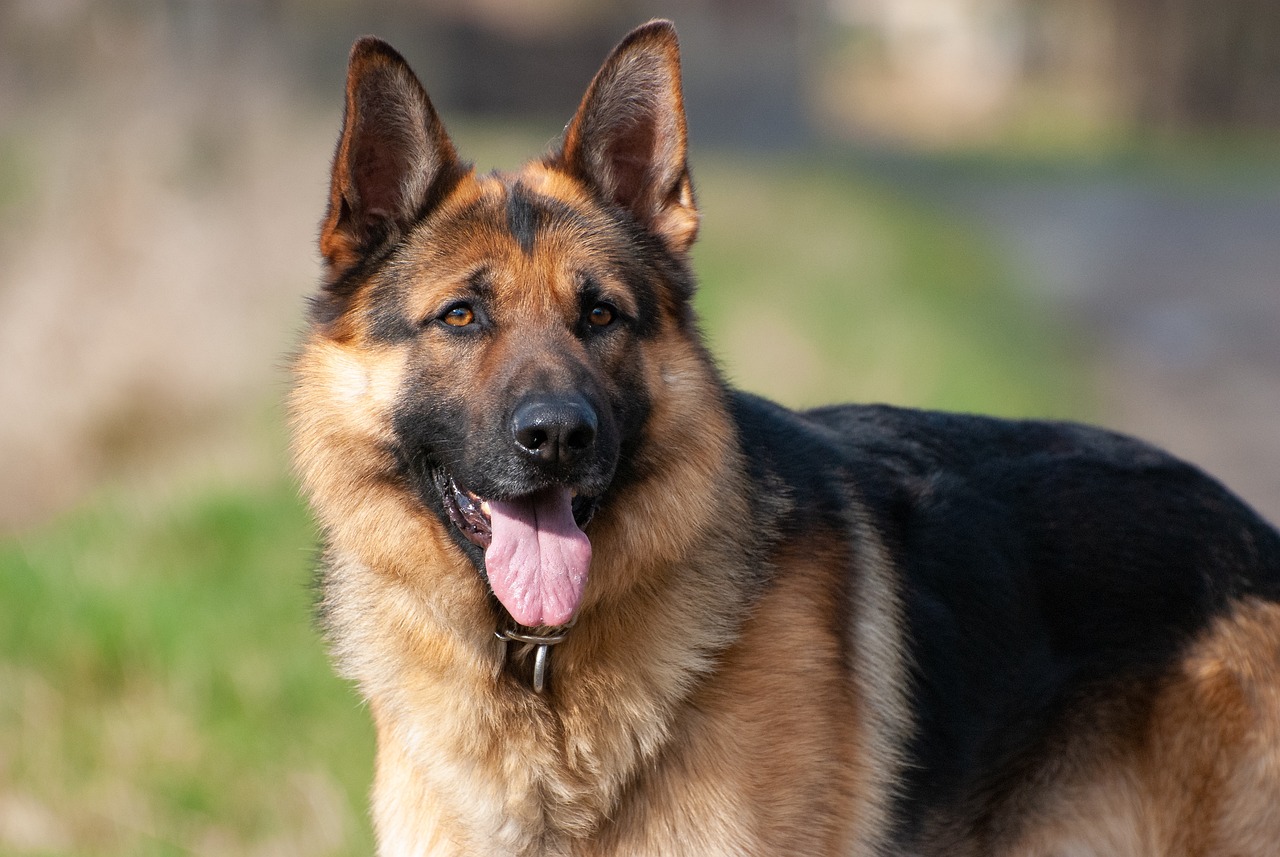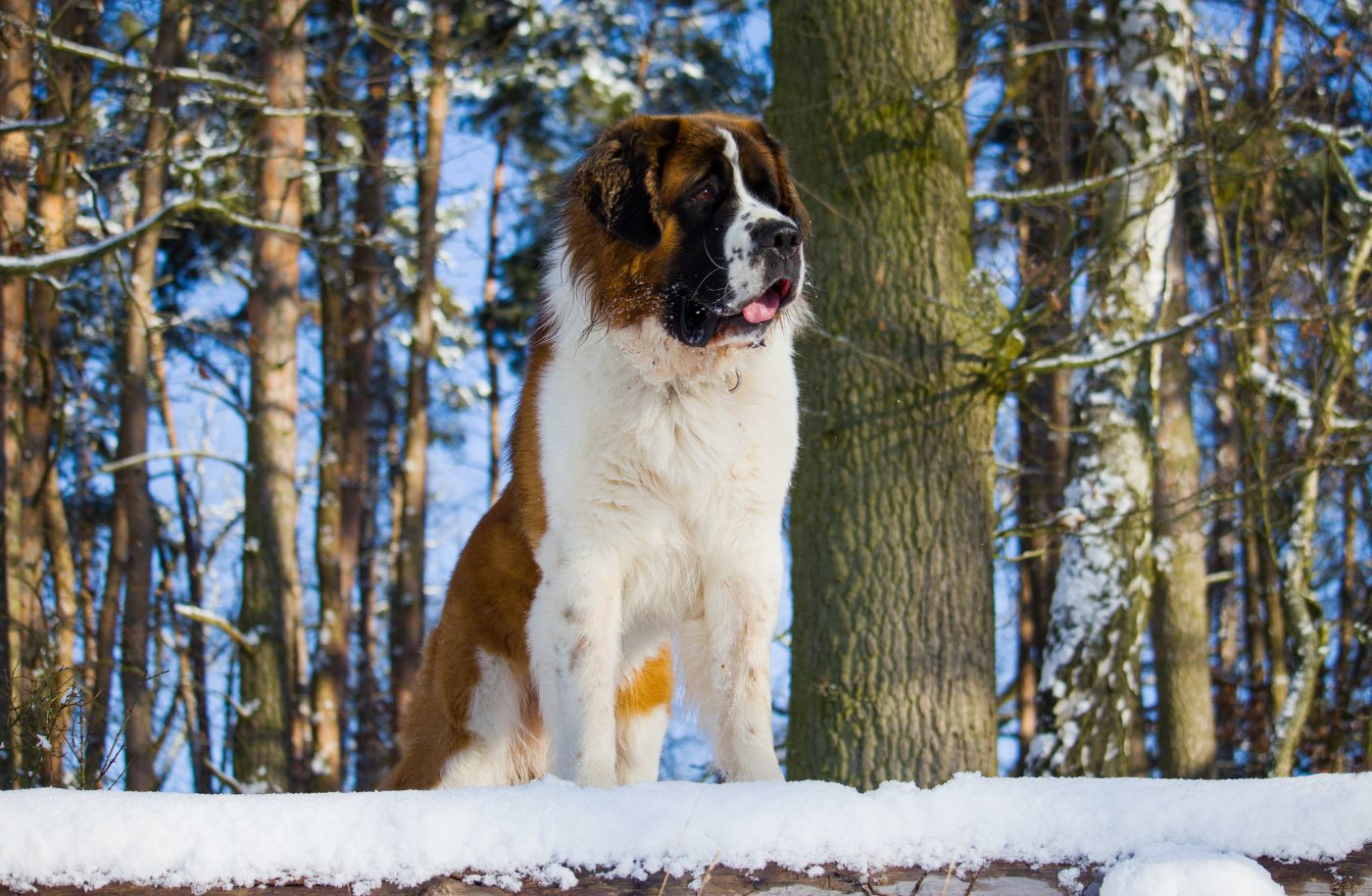Navigating the world of pet insurance can often be as complex and nuanced as the care we seek for our beloved canine companions. Among the myriad factors influencing pet insurance premiums, the breed of the dog stands out as a significant determinant. This is primarily because certain dog breeds are predisposed to specific health issues, ranging from genetic conditions to ailments acquired due to their physical attributes or lifestyle. Consequently, insurance companies may charge higher premiums for breeds with a higher risk of developing costly health problems. This article delves into the 13 dog breeds that typically incur the highest pet insurance premiums, exploring the reasons behind the increased rates and shedding light on the health concerns associated with each breed.
1. English Bulldog
English Bulldogs are renowned for their distinctive, lovable appearance but are also known for a plethora of health issues, which contributes to their high insurance premiums. Their unique physical features, such as a short snout and a compact body, predispose them to respiratory problems, skin conditions, and joint issues, including hip dysplasia. Additionally, their brachycephalic nature leads to breathing difficulties, especially in hot weather or during strenuous exercise. The combination of these health risks often necessitates frequent veterinary visits and potential interventions, driving up insurance costs for their owners.

2. French Bulldog
Like their English counterparts, French Bulldogs face high insurance premiums due to their susceptibility to a range of health issues. As a brachycephalic breed, they are prone to breathing difficulties, which can lead to a host of respiratory conditions. Their compact build also predisposes them to joint problems and spinal disorders, while their skin folds require regular care to prevent infections. The popularity of French Bulldogs has led to widespread breeding, sometimes exacerbating these health problems and making insurance more costly to account for the increased risk of medical care.

3. Great Dane
Great Danes, known for their imposing stature and gentle nature, also come with high insurance premiums due to their propensity for certain health conditions. Their large size puts them at risk for hip dysplasia and other joint issues, while their deep chests make them susceptible to bloat, a life-threatening condition that requires immediate veterinary attention. Cardiac problems are also more common in Great Danes, contributing to the breed’s higher insurance costs. These health concerns, coupled with a shorter average lifespan, make comprehensive veterinary care a necessity, thus increasing insurance premiums.

4. Rottweiler
Rottweilers are powerful and loyal dogs that, unfortunately, are prone to several costly health issues. Their size and build make them susceptible to hip and elbow dysplasia, while they also have a higher incidence of certain cancers compared to other breeds. Additionally, Rottweilers can suffer from heart conditions such as aortic stenosis. These health risks, combined with the potential for high veterinary bills, contribute to the higher insurance premiums associated with the breed.

5. Doberman Pinscher
Doberman Pinschers are athletic and vigilant dogs with a predisposition to several health conditions that can drive up insurance premiums. They are at risk for dilated cardiomyopathy, a serious heart condition, as well as cervical vertebral instability (CVI), also known as Wobbler syndrome. Dobermans may also suffer from hip dysplasia and are more likely than many breeds to develop certain types of cancer. Given these health risks, insurance providers often charge higher premiums to offset the potential costs of care.

6. German Shepherd
German Shepherds are highly intelligent and versatile dogs, but they come with a predisposition to several health issues that impact insurance premiums. This breed is prone to hip and elbow dysplasia, degenerative myelopathy, and gastric dilatation-volvulus (bloat). Additionally, German Shepherds can suffer from a variety of skin conditions and allergies. The combination of these potential health problems necessitates higher insurance costs to cover the increased risk of medical treatment.

7. Boxer
Boxers are affectionate and energetic dogs that unfortunately face a high risk of certain health conditions. They are prone to developing cancers, particularly mast cell tumours, and heart conditions such as boxer cardiomyopathy. Additionally, their physical build makes them susceptible to hip dysplasia and arthritis. These health concerns can lead to significant veterinary expenses, contributing to the higher insurance premiums for Boxers.

8. Bernese Mountain Dog
Bernese Mountain Dogs are known for their friendly disposition and striking appearance, but they are also prone to a range of health issues that can lead to high insurance premiums. This breed has a high incidence of cancer, hip and elbow dysplasia, and bloat. Additionally, Bernese Mountain Dogs can suffer from progressive retinal atrophy and other eye conditions. The risk of these expensive-to-treat conditions results in higher insurance costs for their owners.

9. Newfoundland
Newfoundlands are gentle giants beloved for their sweet nature, but their large size contributes to several health risks. They are prone to hip dysplasia, elbow dysplasia, and heart conditions, including subaortic stenosis. Newfoundlands are also at risk for bloat and cystinuria, a urinary condition that can lead to bladder stones. These health concerns necessitate higher insurance premiums due to the increased risk of costly medical care.

10. Akita
Akitas are a dignified and loyal breed known for their formidable presence and strong protective instincts. Akitas have a robust build that predisposes them to certain health conditions, contributing to higher pet insurance premiums. These majestic dogs are prone to hip dysplasia, a genetic condition affecting the hip joint, and can also suffer from progressive retinal atrophy (PRA), leading to vision loss. Additionally, Akitas are at risk for autoimmune thyroiditis, which can affect their metabolism and overall health. Their thick double coat requires regular grooming, but it’s their potential for significant health issues that often lead to increased insurance costs. Their independent nature and strong will can be challenging for inexperienced owners, but with proper training and socialization, Akitas make noble and loving pets. The combination of their health risks and the care required to maintain their well-being in domestic settings results in higher insurance premiums, making comprehensive coverage a wise investment for Akita owners.

11. Saint Bernard
Saint Bernards are known for their gentle nature and heroic history but are prone to several health issues that impact insurance premiums. Their large size puts them at risk for joint problems, including hip and elbow dysplasia, and bloat. They can also suffer from heart conditions and eye disorders. Given these health risks, Saint Bernards often have higher insurance costs to cover potential medical treatments.

12. Cane Corso
Cane Corsos are powerful and protective dogs that face health risks common to large breeds. They are prone to hip dysplasia, elbow dysplasia, and gastric dilatation-volvulus (bloat). Additionally, Cane Corsos can suffer from eyelid abnormalities such as entropion and ectropion. The breed’s risk for these conditions contributes to higher insurance premiums due to the potential for significant veterinary expenses.

13. English Mastiff
English Mastiffs are one of the largest dog breeds, and their immense size comes with a susceptibility to certain health issues. They are prone to joint problems such as hip and elbow dysplasia, as well as bloat. English Mastiffs can also face heart conditions and eye problems. The cost of managing these health issues, coupled with their potential severity, results in higher insurance premiums for owners of this majestic breed.

While the breeds listed above are known for their higher pet insurance premiums, it’s important to remember that each dog is an individual with a unique health profile. The breeds highlighted here typically face a higher risk of health issues that can lead to costly medical care, driving up insurance costs. However, the peace of mind and financial protection that pet insurance can offer make it a valuable consideration for any pet owner. Choosing the right insurance plan requires a balance between understanding the specific health risks associated with your dog’s breed and evaluating the coverage options available to ensure your furry friend receives the best possible care.
 Toledo, United States.
Toledo, United States.